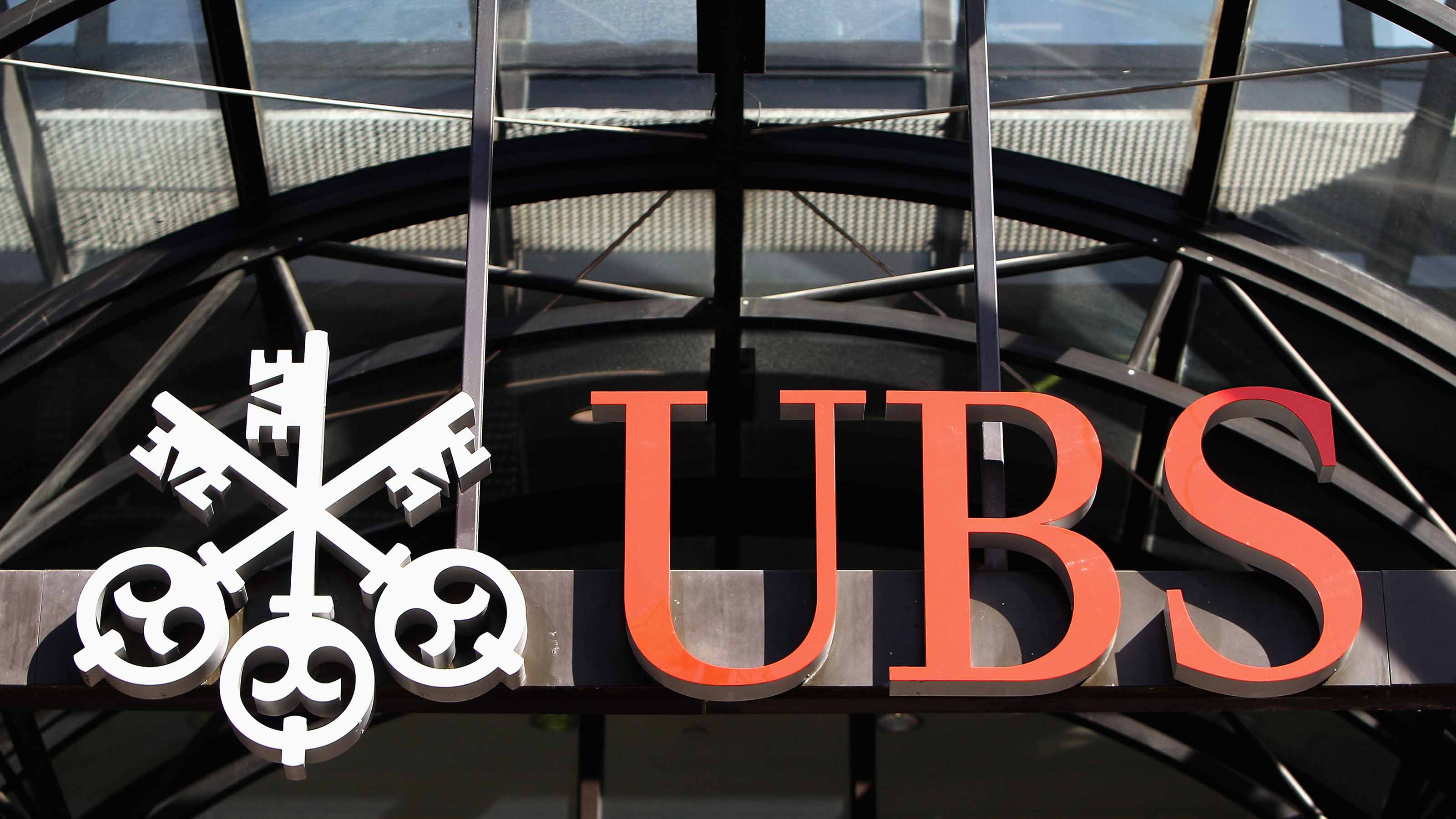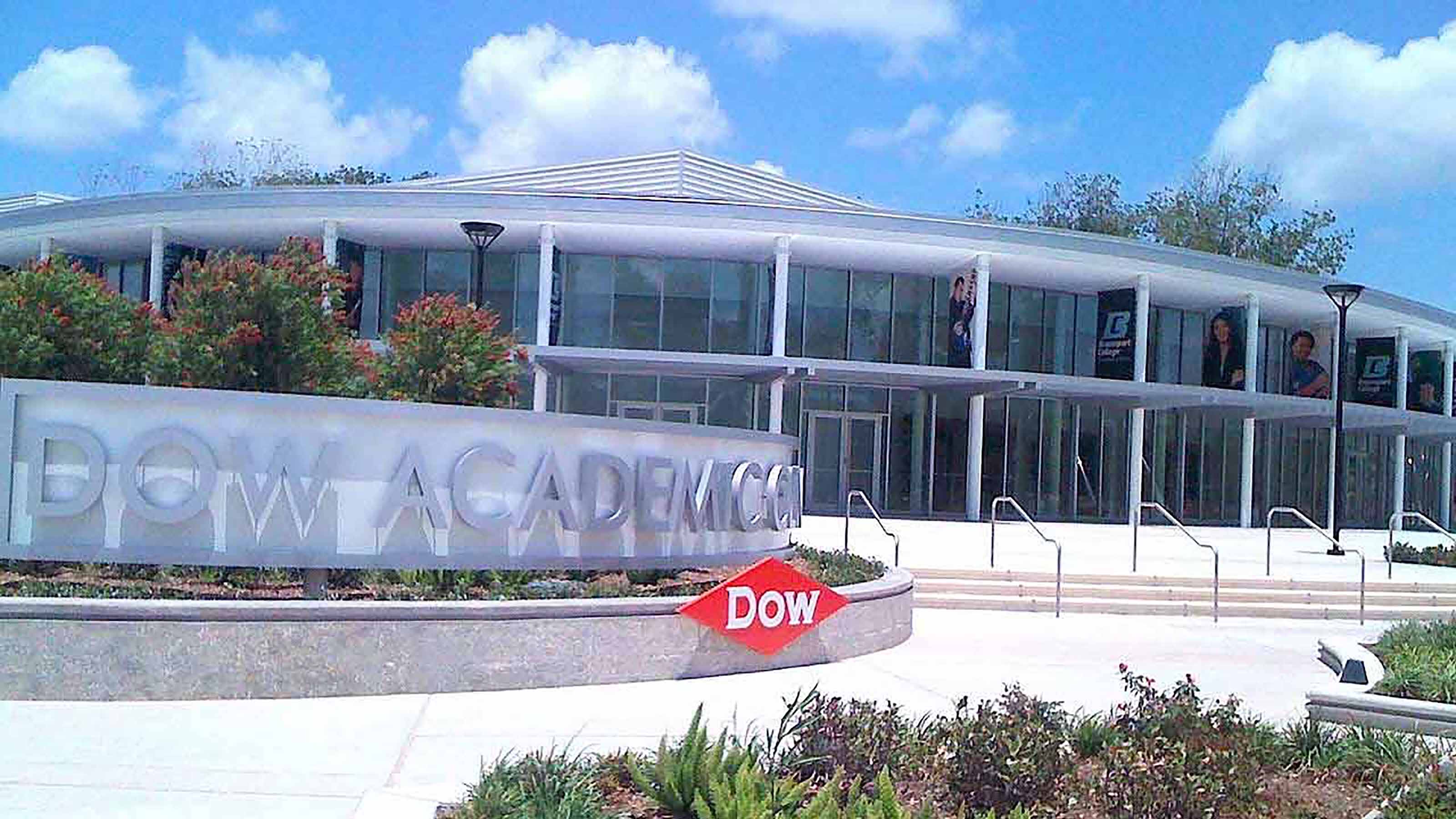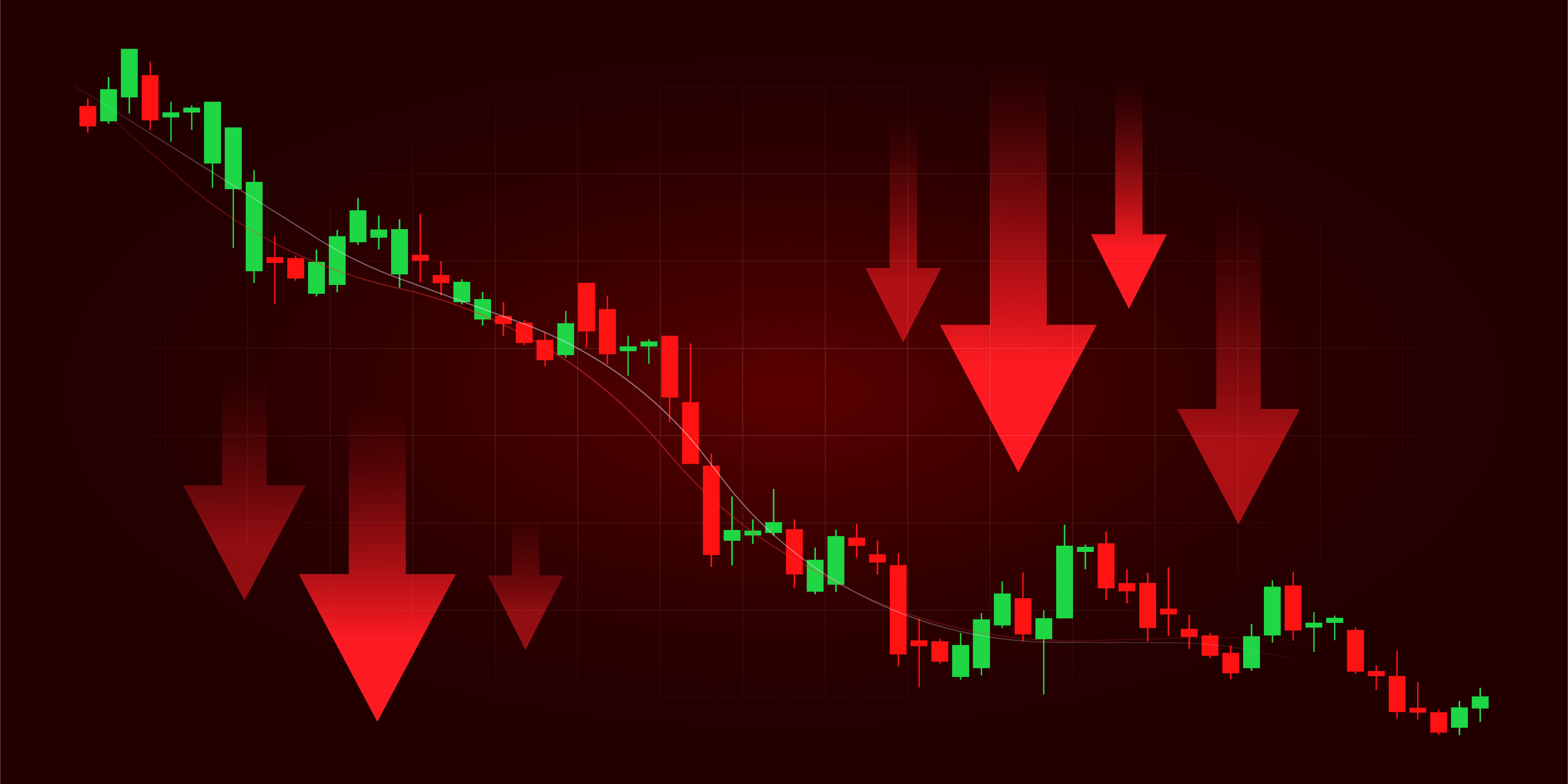5 Beaten-Down Stocks to Buy on the Dip
The market has delivered some nauseating volatility of late. The good news? That has teed up a few great stocks to buy at a discount.


The past month has been a rocky stretch for the broader market. But the recent volatility has created a few attractive opportunities for investors looking for stocks to buy on the dip.
September is known to be a historically tough month for stocks. This time around has been no different. Worries over a potential debt crisis in China due to struggling Evergrande (EGRNY), the country's second-largest property developer, only exacerbated ongoing concerns over the effect of the Delta variant on the global economy.
Investors also have been rattled by uncertainty surrounding the U.S. debt ceiling, which, if Congress fails to raise, could result in "a potential shutdown by month-end and a debt default by October," says Kevin Simpson, founder and portfolio manager of Capital Wealth Planning, a registered investment advisor.
But while these issues have resulted in some nauseating volatility for investors, it also has presented them with several higher-quality stocks to buy at more attractive levels.
Just take care: Investors still must be savvy about which stocks to buy and which ones to avoid. To find solid companies to buy on the dip, we turned to the Stock News POWR Ratings System to search for Buy- and Strong Buy-rated stocks that recently pulled below their 50-day moving averages, suggesting that the selling has become overdone.
Based on that criteria, here are the five best stocks to buy on the dip right now.
Data is as of Sept. 24. POWR Ratings work on an A-B-C-D-F system. Stocks are listed in order of lowest to highest overall rating, and then alphabetically.

Deere & Co.
- Market value: $108.3 billion
- POWR Ratings overall rating: B (Buy)
- POWR Ratings average broker rating: 1.58
Deere & Co. (DE, $349.25) is the world's leading agricultural equipment manufacturer, producing some of the most recognizable products in the heavy machinery industry. Its equipment is available through a robust dealer network, including over 1,900 dealer locations in North America and approximately 3,700 locations globally. It also offers retail financing to its customers, as well as wholesale financing for dealers.
The stock is down 11.1% since its early September high. It is also trading below its 50-day moving average. But the company's prospects should reflect a higher stock price. For instance, following its fiscal third-quarter earnings beat in August, Deere lifted its fiscal 2021 forecast. Management now expects net income for the year to be between $5.7 billion and $5.9 billion, up from the previous estimate of $5.3 billion to $5.7 billion.
This is due to improving conditions in the farm and construction sectors. DE is also benefiting from the rally in commodity prices. This should continue to lead to demand for agricultural equipment. Plus, demand resulting from the need to replace old equipment is buoying the company's revenues.
Deere also noted in its fiscal third-quarter earnings call that it is seeing "positive indicators" in non-residential investment , as well as strong order activity from independent rental companies.
The POWR Ratings system gives DE a B grade, which translates into a Buy. The analyst crowd sees this as an attractive pick among stocks to buy. Deere has a Sentiment Grade of A, with 15 out of 24 Wall Street pros tracking DE calling it a Buy or Strong Buy.
In addition, based on analysts' price targets, one believes the stock could get up to $480 in the next 12 months or so, representing expected upside of 34.7%. The average analyst price target comes in at $411.48. Get the full POWR Ratings for Deere (DE) here.

UBS Group
- Market value: $55.3 billion
- POWR Ratings overall rating: B (Buy)
- POWR Ratings average broker rating: 1.20
UBS Group (UBS, $15.87) is the world's largest wealth manager, with $2.6 trillion in assets under management. It also operates a universal bank in Switzerland, as well as a global investment bank. Its Global Wealth Management segment provides financial services to wealthy private clients, and its Investment Bank division offers services in investment banking and capital markets.
UBS stock was down nearly 11% from its mid-August peak. It has since pared this loss to 7.7%, but is still trading below its 50-day moving average. However, the company has a solid outlook. It continues to execute restructuring initiatives to help free resources to invest in profitable areas and serve its clients better. It is also looking to expand operations through partnerships.
For instance, in September 2020, UBS entered into an investment banking joint venture agreement with Banco do Brasil (BDORY). Its efforts led to a solid second quarter for UBS, with its debt capital business rising 18% year-over-year. Additionally, operating profit in the Global Wealth Management was up 47% from the year prior due to higher transaction-based and recurring net fee income.
UBS also saw operating profit in its Asset Management segment surge 62% year-over-year in Q2, thanks to higher net management fees and a $37 million gain from the sale of its minority investment in Clearstream Fund Centre. Plus, invested assets rose 5% sequentially to $1.2 trillion.
UBS Group is one of several B-rated stocks to buy in the POWR Ratings system. Helping its Value Grade of B is a trailing price-to-earnings ratio of 8. Its forward P/E ratio of 8.9 is also very low.
The financial stock also has a Stability Grade of B as it has seen strong and consistent earnings growth over the last three years, averaging 82% per year. Read more about the complete POWR Ratings for UBS (UBS) here.

Vertex Pharmaceuticals
- Market value: $47.6 billion
- POWR Ratings overall rating: B (Buy)
- POWR Ratings average broker rating: 1.54
Vertex Pharmaceuticals (VRTX, $183.61) is a global biotechnology company that discovers and develops small-molecule drugs for the treatment of serious diseases. Its key drugs are Kalydeco, Orkambi, Symdeko and Trikafta for cystic fibrosis, where Vertex therapies remain the standard of care globally.
In addition to its focus on cystic fibrosis, the company pipeline includes gene-editing treatments and small-molecule medicines. VRTX is also expanding its research pipeline to focus on inflammatory diseases, non-opioid treatments for pain and genetic and cell therapies.
Since late August, shares are down 8.4% and are also trading well below their 50-day moving average, making this another great "buy-the-dip" stock.
Vertex's cystic fibrosis franchise sales continue to grow. This is due to consistent regulatory approvals that have led to an increase in the eligible patient population for the company's approved medicines. The cystic fibrosis market has massive commercial potential, and VRTX enjoys a strong position. It was the first company to successfully develop a drug, Kalydeco, that treats the underlying cause of cystic fibrosis.
It is also advancing its early stage portfolio into additional diseases, including sickle cell anemia, beta thalassemia, Alpha-1 Antitrypsin Deficiency (AATD) and diabetes.
VRTX's overall B (Buy) grade from the POWR Ratings system includes a Value Grade of B, which isn't surprising with a forward P/E of 13.9. Its price-to-tangible book value of 6.1 is also well below the industry average of 42.8.
The healthcare stock has a Quality Grade of B due to a solid balance sheet. Its $6.7 billion in cash as of the end of the most recent quarter compares favorably to no short-term debt. It also has a low debt-to-equity ratio of 0.1. You can find the complete POWR Ratings analysis for Vertex (VRTX) here.

Visa
- Market value: $508.2 billion
- POWR Ratings overall rating: B (Buy)
- POWR Ratings average broker rating: 1.42
Visa (V, $231.59) is one of the largest payment processors in the world. It provides transaction processing services to financial institutions and merchant clients through its VisaNet global processing platform. Its systems are capable of processing over 65,000 transactions per second. V also offers a wide range of Visa-branded payment products, including credit, debit, prepaid and cash access programs.
Since late July, V stock is down more than 8% and is currently trading below its 50-day moving average, making it a great addition to this list of stocks to buy on the dip.
Aside from last year, the company has consistently grown revenues, with a five-year average annual growth rate of 9.5%. In the first nine months of the year, revenues grew 4.8% year-over-year on expanded payments volume. This is Visa's primary driver of service revenues.
The company also saw a higher number of processed transactions due to improving operating conditions. This growth is expected to continue due V's strong market position and a shift to digital payments, in addition to an expansion of its service offerings. Plus, Visa continues to invest in technology to increase its position in the payments market and minimize the impact of fraud to protect consumer and merchant information.
The POWR Ratings system pegs V stock as a B-rated Buy. The company has a Stability Grade of B, indicating that its growth measures and price-performance have been stable.
V also has a Quality Grade of B due to solid fundamentals. The company has a current ratio of 2.0, indicating it has more than enough liquidity to handle short-term debt. It also has a low debt-to-equity ratio of 0.6. Get Visa's (V) complete POWR Ratings analysis here.

Dow
- Market value: $42.4 billion
- POWR Ratings overall rating: A (Strong Buy)
- POWR Ratings average broker rating: 1.83
Dow (DOW, $56.81) is a diversified chemical manufacturing company. It was formed as a result of the 2017 merger of Dow and DuPont (DD) and subsequent spinoff in 2019. It provides a world-renowned portfolio of advanced, sustainable and leading-edge products and solutions across high-growth market segments such as packaging, infrastructure and consumer care.
DOW is another good company whose stock has seen a recent decline. Shares are down 13.7% since late August, and are trading well below their 50-day moving average.
Off the charts, Dow is well-positioned to benefit from crucial market trends this year, including consumer packaging and durables recovery. The company had a robust second quarter, where it generated $13.9 billion in sales, up 66% year-over-year.
Sales rose due to higher local pricing in all its operating segments, businesses and regions. This was driven by tight supply and demand fundamentals. DOW should see even more growth as tight supply conditions support recent price increases.
Plus, low inventories and robust demand in consumer packaging and construction end markets should keep polyethylene and polyurethane prices elevated. The demand for durable goods should also continue to recover due to favorable macroeconomic trends.
DOW is the only name on this list of stocks to buy on the dip that has an overall grade of A (Strong Buy) in the POWR Ratings system. Included in this is a Growth Grade of B, as its EBITDA (earnings before interest, taxes, depreciation and amortization) is up 324.7% over the past year. Additionally, analysts, on average, forecast Dow's revenues and earnings per share to rise 50.1% and 410%, respectively, year-over-year in the current quarter.
DOW also has a Value Grade of A with a trailing P/E ratio of 11.0 and a forward P/E of 9.7. Its price-to-free-cash-flow ratio of 12.3 is also below the industry average of 27.0. Check out Dow's (DOW) complete POWR Ratings analysis here.
Profit and prosper with the best of Kiplinger's advice on investing, taxes, retirement, personal finance and much more. Delivered daily. Enter your email in the box and click Sign Me Up.

David Cohne has 20 years of experience as an investment analyst and writer. Prior to StockNews, David spent 11 years as a consultant providing outsourced investment research and content to financial services companies, hedge funds and online publications. David enjoys researching and writing about stocks and the markets. He takes a fundamental quantitative approach in evaluating stocks for readers.
-
 Fed's Rate Cuts Could Have Impacts You Might Not Anticipate
Fed's Rate Cuts Could Have Impacts You Might Not AnticipateUnderstanding how lower interest rates could impact your wallet can help you determine the right financial moves to make.
-
 Past Performance Is Not Indicative of Your Adviser's Expertise
Past Performance Is Not Indicative of Your Adviser's ExpertiseMany people find a financial adviser by searching online or asking for referrals from friends or family. This can actually end up costing you big-time.
-
 I'm want to give my 3 grandkids $5K each for Christmas.
I'm want to give my 3 grandkids $5K each for Christmas.You're comfortably retired and want to give your grandkids a big Christmas check, but their parents are worried they might spend it all. We ask the pros for help.
-
 Dow Adds 646 Points, Hits New Highs: Stock Market Today
Dow Adds 646 Points, Hits New Highs: Stock Market TodayIt was "boom" for the Dow but "bust" for the Nasdaq following a December Fed meeting that was less hawkish than expected.
-
 Dow Adds 314 Points to Thanksgiving Rally: Stock Market Today
Dow Adds 314 Points to Thanksgiving Rally: Stock Market TodayInvestors, traders and speculators enjoy the best Thanksgiving Week gains for the major stock market indexes in more than a decade.
-
 Nasdaq Rises 2.7% as Musk Tweets TSLA Higher: Stock Market Today
Nasdaq Rises 2.7% as Musk Tweets TSLA Higher: Stock Market TodayMarkets follow through on Friday's reversal rally with even bigger moves on Monday.
-
 5 Core Stocks Every Investor Should Own In 2026 and Beyond
5 Core Stocks Every Investor Should Own In 2026 and BeyondCore stocks are solid, long-term investments that provide stable returns and steady growth within your portfolio. Here are 5 we like.
-
 Markets Weigh Earnings and Inflation: Stock Market Today
Markets Weigh Earnings and Inflation: Stock Market TodayThe major U.S. indexes struggled Thursday amid a hot inflation reading and seasonal headwinds.
-
 Stocks Are Up and Down on Fed Day: Stock Market Today
Stocks Are Up and Down on Fed Day: Stock Market TodayIn another sign of changing times, JPMorgan has partnered with Coinbase to enable cryptocurrency purchases with credit cards.
-
 Stock Market Today: Dow Dives 769 Points on Iran-Israel Conflict
Stock Market Today: Dow Dives 769 Points on Iran-Israel ConflictLosses accelerated in afternoon trading amid reports Iran retaliated against Israel.
-
 Stock Market Today: Markets Celebrate Trump's Tariff Détente
Stock Market Today: Markets Celebrate Trump's Tariff DétenteConsumer discretionary stocks led 10 of the 11 S&P 500 sector groups well into the green.
